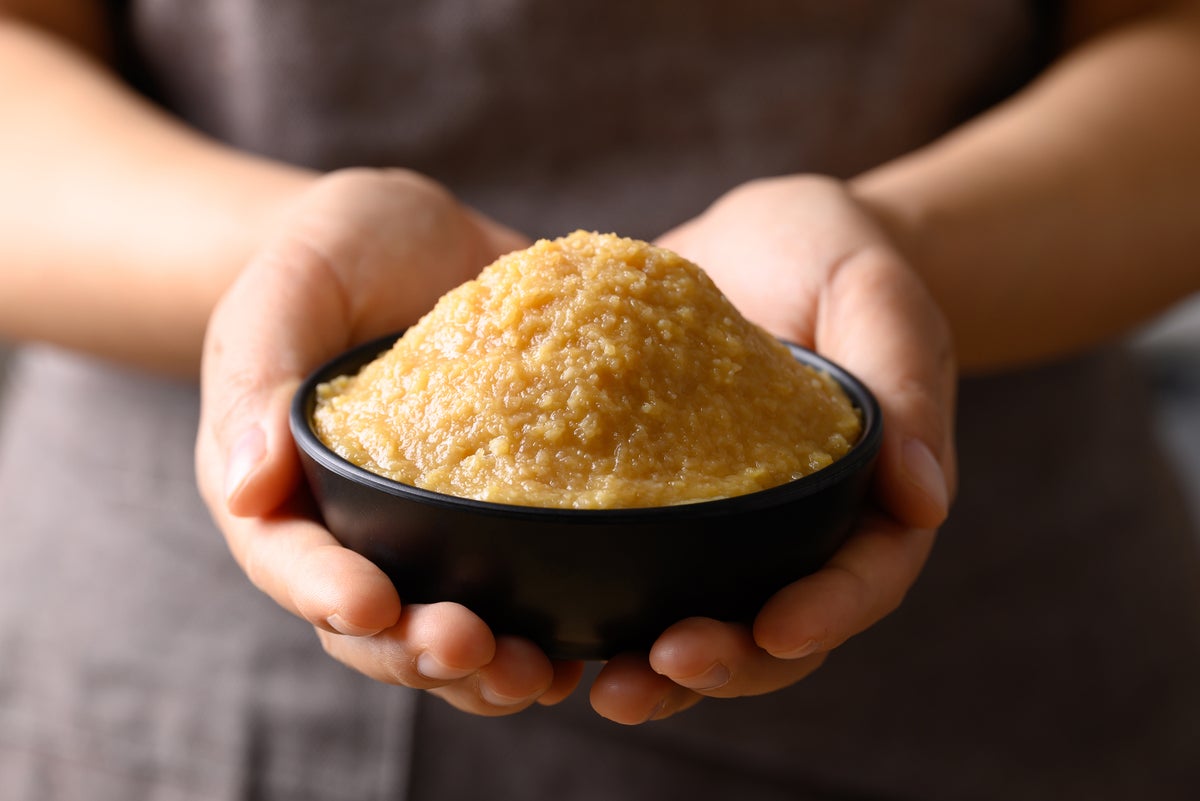This Space Station Miso Tastes Out of This World
Overall, “space miso” tastes just like regular miso—but slight differences in its microbial profile suggest that extraterrestrial conditions affect how microbes grow and flourish
For the first time ever, scientists succeeded in fermenting soybeans aboard the International Space Station to make miso, a popular condiment in Japanese cuisine.
Join Our Community of Science Lovers!
The savory, earthy condiment miso, common to Japanese cuisine, is made by fermenting cooked soybeans, salt and kōji, a type of mold from the fungus Aspergillus oryzae that grows on rice or barley. The process can be complex and , which makes it fitting that a cohort of scientists, bioengineers and culinary experts teamed up to ferment miso—in space!
Compared with Earth miso, “space miso” tastes nuttier, smells more pungent and is slightly darker, but “overall, the space miso is a miso,” conclude the researchers in findings published recently in iScience. The new study represents more than just a fun twist on the various microbe experiments conducted on the International Space Station (ISS)—fermenting space miso, it turns out, raises interesting questions about the role of microbes in humanity’s continued exploration of worlds beyond our own.
Researchers prepared a package of pre-fermentation miso to be sent to the International Space Station.
If you’re enjoying this article, consider supporting our award-winning journalism by subscribing. By purchasing a subscription you are helping to ensure the future of impactful stories about the discoveries and ideas shaping our world today.
Study co-lead author Maggie Coblentz, who conducted the research while at the M.I.T. Media Lab, was particularly intrigued by the nutritional possibilities of fermenting in space, as well as the possibility of expanding the flavors available to astronauts. Fermentation “offers astronauts greater autonomy, allowing them to take control over the foods they produce and manage their health and well-being in a way that is deeply personal,” she says.
For example, the fungi in kōji mutated more often in space miso, potentially from increased cosmic radiation, says Evans, a food researcher at the Technical University of Denmark. Additionally, microgravity could have affected microbial growth and metabolism. Now that “we know fermentation in space is possible,” follow-up experiments could examine these hypotheses, he says.
After the miso fermented for 30 days on the International Space Station, it was returned to Earth where the researchers sampled it in the lab.
Besides just being tasty, miso (and other fermented food) can also support gut health—so the result is good news for astronauts, says Jay Nadeau, an astrobiologist and physicist at Portland State University. Nadeau, who was not involved in the new study, notes that astronauts often have trouble staying healthy in space, not only because of the effects of microgravity but also because of changes in their gut microbiome.
“No one has looked at the diet very much, and I know that astronauts do talk about loss of senses of taste and smell,” Nadeau says. “They don’t really care about what they’re eating, although they do like strong flavors. And so I think it is really important to look at fermented foods as a source of both strong flavors and healthy microbiome.”
“When an astronaut travels to space,” Coblentz says, “they carry their own microbiome with them, and every material, plant and even food that accompanies them has a similar story to tell.”
Gayoung Lee is Scientific American’s current news intern. A philosopher turned journalist, originally from South Korea, Lee’s interests lie in finding unexpected connections between life and science, particularly in theoretical physics and mathematics. You can read more about her here: https://gayoung-lee.carrd.co
Source: www.scientificamerican.com
